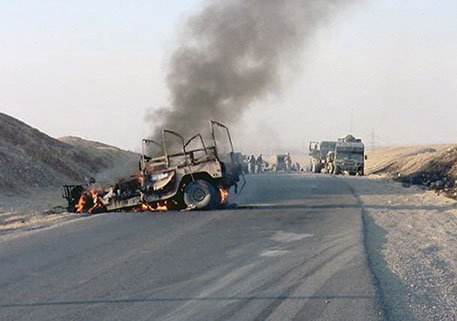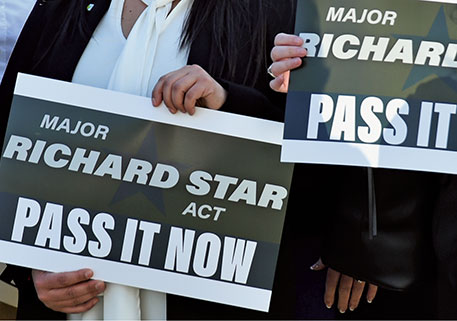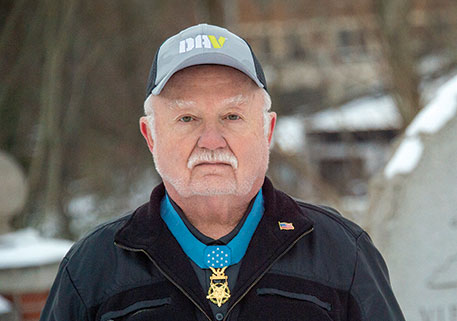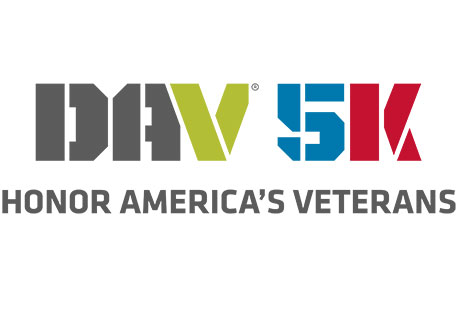Benjamin Franklin’s quote, “Well done is better than well said,” is an inspiration and reminder that in the eyes of potential new members, what DAV does will always outweigh what we say.
“I encourage leaders in our organization to consider Franklin’s adage when looking for ways to recruit new members,” said National Membership Director Doug Wells. “By actively offering claims assistance, van rides, service through volunteerforveterans.org and connecting folks with our employment program well before we invite them to join, we illustrate the collective impact and commitment DAV has to the veteran community.”
According to the University of Kansas, collective impact is defined as “the commitment of a group of important actors from different sectors to a common agenda for solving a specific social problem at scale.” Some of the things needed to ensure success include mutually reinforcing activities and a common agenda.
Commander Becky Smith, Chap. 45, Clarksville, TN has adopted several mutually reinforcing activities within her chapter, which is now the largest in the Department of Tennessee.
“The key is our claims work,” she said. “We’ve found when we help people they want to join and they spread the word to other veterans. I encourage our members to keep blank applications with them at all times. That way if they meet another veteran, they fill the form out and send it in.”
Another strategy Smith uses is ensuring fellow members want to stay active in the veteran community.
“We want to have good guest speakers and we make our meetings fun,” she said. “We even brought in a lady once who gave a painting class where the members participated.”
“Once veterans see the value of DAV, I really feel like they are more willing to join as a full life member,” said Wells. “After that, I believe we’ll have fellow veterans in our ranks who enjoy participating as members, and who are engaged and active in our veteran community that thrives on service and mutual support of one another.”
More resources on how to achieve collective impact for change within a specific community is available from the University of Kansas here.






